Bathroom fans have long been a staple in homes, touted for their ability to eliminate humidity and reduce the growth of mold and mildew. However, as we move into 2025, experts are rethinking the role of these appliances. While they were once considered a must-have feature for homes, recent insights reveal that bathroom fans may not be the helpful tools they’re often thought to be. In fact, there are emerging concerns about how these fans could be causing more harm than good in some situations.
1. Increased Risk of Mold Growth in Certain Conditions
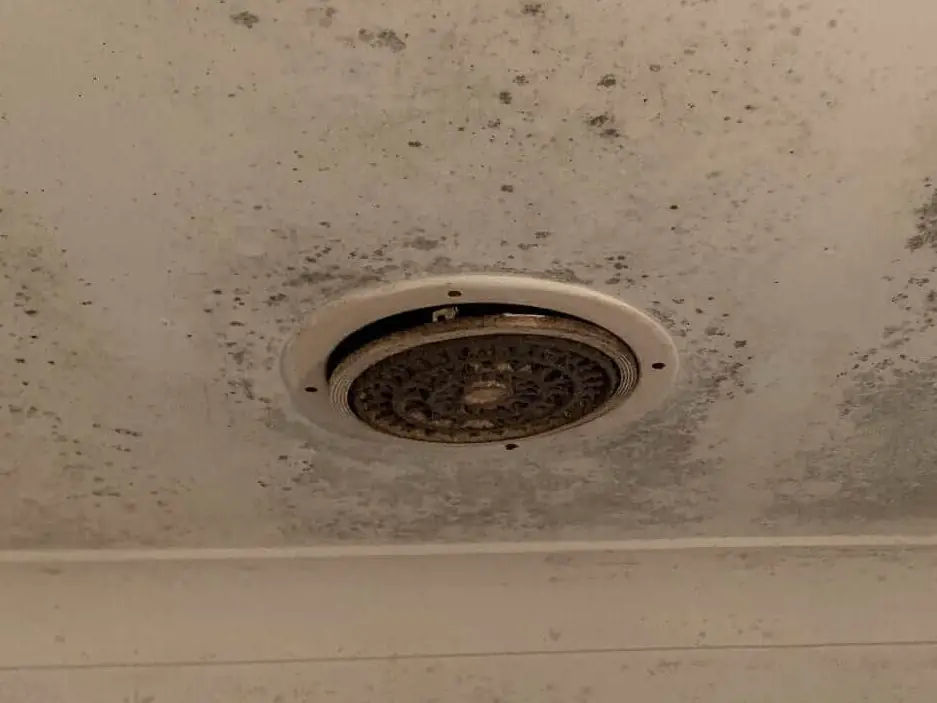
Bathroom fans were originally designed to reduce humidity and prevent mold growth, but they can actually cause mold problems in certain situations. According to HH Environmental, if a fan is not sized correctly or fails to vent air completely outside, moisture can still linger in the bathroom, leading to mold and mildew buildup. Mold growth is most likely when the fan doesn’t provide sufficient airflow, leaving the room damp for extended periods.
In 2025, research has shown that improperly vented bathroom fans can create an ideal environment for mold spores to flourish. In these instances, the fan may inadvertently trap moisture inside the walls or attic space, where it remains unchecked. Over time, this can worsen indoor air quality and even lead to structural damage in your home. Experts suggest that homeowners reevaluate their bathroom fans and consider alternative solutions that might prevent excess moisture from accumulating.
2. Poor Ventilation Leading to Toxic Air

While bathroom fans are designed to improve air quality by removing moisture and odors, they may actually be contributing to poor ventilation in some cases. Inadequate ventilation can create a cycle where stale air becomes trapped inside the bathroom, leading to the accumulation of harmful particles such as volatile organic compounds (VOCs). These VOCs are emitted by everyday household products like cleaning supplies and personal care items.
The poor air circulation caused by outdated or inefficient fans can exacerbate the presence of these airborne pollutants, says This Old House. As homeowners continue to use personal care products and cleaning agents in the bathroom, the toxic fumes may linger, leading to potential respiratory issues and long-term health problems. Experts recommend upgrading to fans that are designed to provide better air exchange and utilize energy-efficient filters to improve indoor air quality.
3. Energy Inefficiency and Rising Utility Bills

Another emerging concern surrounding bathroom fans is their impact on energy efficiency. Traditional models can consume a significant amount of energy over time, especially if they are used frequently or left running for long periods. With increasing awareness of the need to conserve energy, homeowners are beginning to reconsider whether bathroom fans are worth the cost.
In 2025, the rising costs of utilities have pushed many homeowners to seek more sustainable and energy-efficient solutions. Older bathroom fans may not only be ineffective in terms of air circulation, but they can also waste electricity and raise your monthly bills according to SlashPlan. Upgrading to a more energy-efficient model can mitigate this issue, as new designs feature better motors and more efficient airflow. Additionally, some modern fans offer built-in timers or motion sensors, ensuring they only operate when necessary.
4. Fans That Don’t Properly Remove Humidity
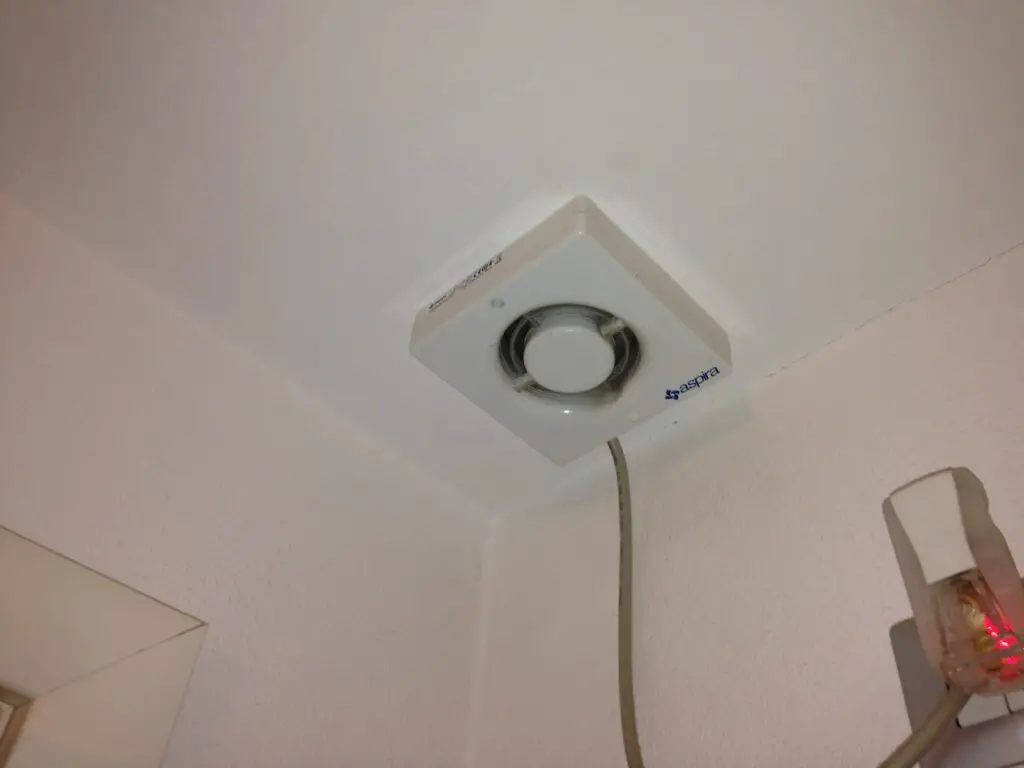
One of the primary functions of bathroom fans is to remove humidity from the air, particularly after showers or baths. However, certain bathroom fans are ineffective at achieving this goal. Poorly designed systems may not have enough power to handle the level of moisture generated, leaving bathrooms damp and humid. When humidity is not adequately vented outside, it can accumulate and cause water damage to walls, floors, and ceilings.
In some homes, even newly installed fans fail to provide adequate moisture removal. Over time, this leads to visible signs of excess moisture, such as peeling paint or bubbling wallpaper. Angi says that homeowners should be cautious when choosing bathroom fans and opt for high-quality models designed to handle the humidity levels typical in modern bathrooms. Choosing the right fan for the space and ensuring proper installation can go a long way in mitigating these risks.
5. Overreliance on Bathroom Fans for Air Circulation
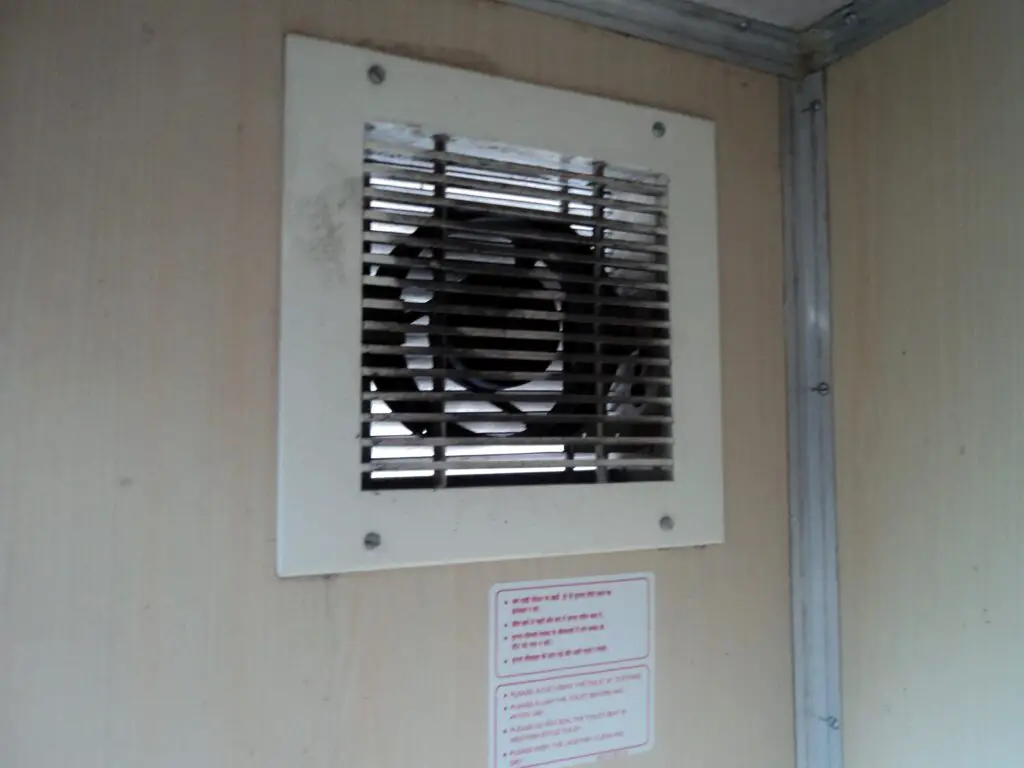
While bathroom fans are a quick fix for ventilation, they can create a false sense of security when it comes to maintaining proper airflow throughout the home. Many homeowners rely too heavily on bathroom fans without addressing the broader issue of overall air circulation in their homes. Fans may provide temporary relief, but they don’t address the root cause of poor air circulation.
To achieve healthier and more efficient airflow, experts recommend focusing on a comprehensive ventilation system that goes beyond bathroom fans. This could include adding air purifiers, improving HVAC systems, or incorporating open windows and passive ventilation techniques. With more homeowners becoming aware of the limitations of bathroom fans, the trend is shifting towards more holistic solutions for managing indoor air quality.
6. Impact on Indoor Humidity Levels During Winter Months
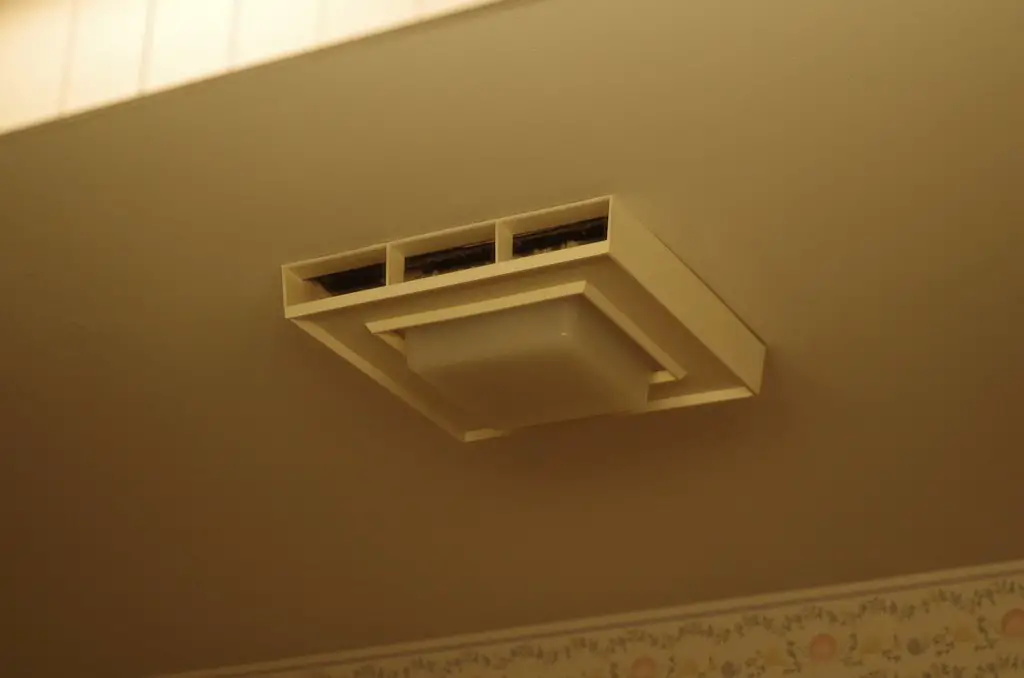
During colder months, bathroom fans can have the opposite effect of what they are intended to do by drying out the air too much. When air is already dry due to the cold weather, the use of bathroom fans can lower humidity levels further, creating an uncomfortable and unhealthy environment. Dry air can irritate the respiratory system and lead to dry skin, throat discomfort, and other issues.
As we approach 2025, experts are emphasizing the need for bathroom fans that balance moisture removal with air humidity management. Some newer fan designs now come with humidity sensors that adjust the operation based on the moisture level in the bathroom. These sensors help maintain a healthy balance in the air, reducing the risk of excessive dryness during winter months while still eliminating excess moisture when needed.
7. Increased Noise Pollution from Older Models

Older bathroom fans can be a source of unwanted noise pollution, which many homeowners overlook until it becomes a problem. As the technology behind bathroom fans has improved, newer models tend to operate much more quietly than older versions. The loud hum of an outdated fan can be disruptive, especially in smaller bathrooms or when bathrooms are connected to bedrooms.
In 2025, quieter fan options have emerged as a solution for homeowners seeking to avoid noise disturbances. These fans use sound-dampening technology that reduces vibration and noise while still delivering the same level of ventilation. Homeowners are now more inclined to prioritize quieter operation alongside energy efficiency and air quality, opting for models that offer a better overall user experience.
8. Lack of Proper Maintenance Leading to Clogged Fans
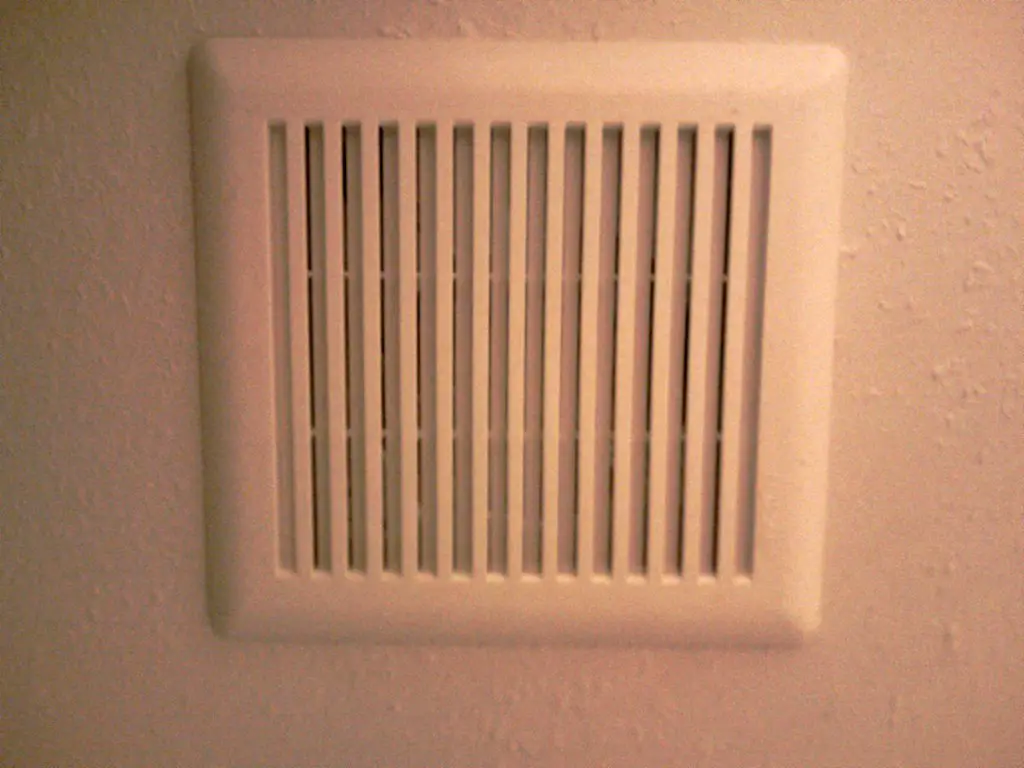
Like all appliances, bathroom fans require regular maintenance to ensure they function properly. Without proper care, these fans can become clogged with dust, lint, or even mold, which reduces their effectiveness and could lead to additional problems. Fans that are clogged or obstructed may not remove moisture or air effectively, leaving the bathroom vulnerable to mold growth.
In 2025, homeowners are being encouraged to clean and maintain their bathroom fans regularly. This includes checking and cleaning the fan blades, inspecting ducts for blockages, and ensuring that the fan is venting to the outside. Regular maintenance ensures the fan operates at peak efficiency, reducing the likelihood of health and moisture-related issues.
9. The Rising Popularity of Humidity-Controlled Ventilation
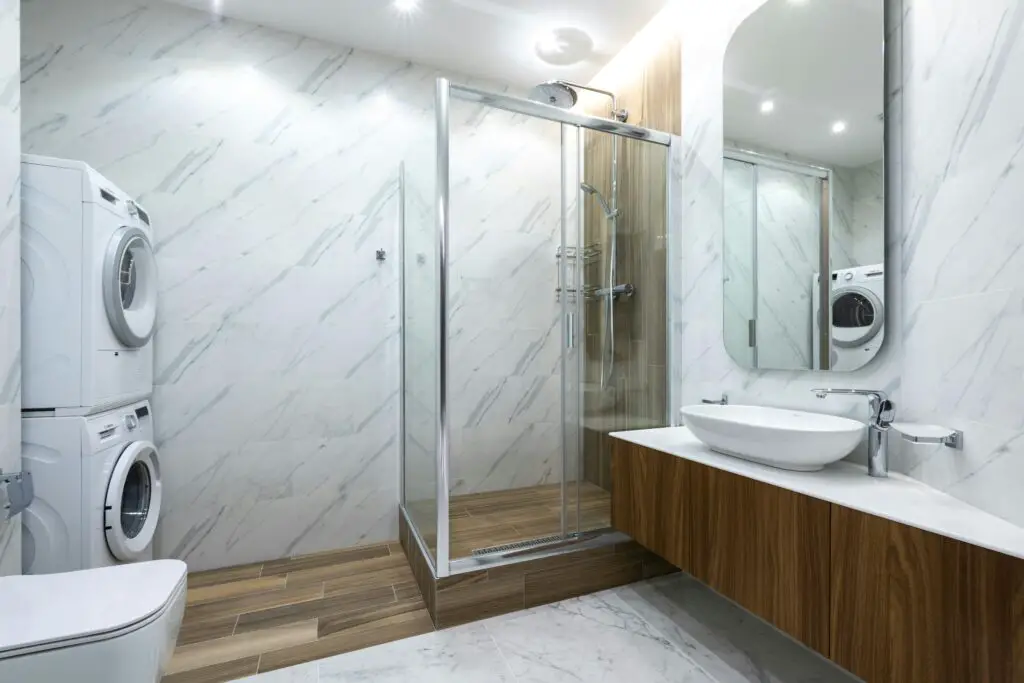
As we move into 2025, a growing trend is emerging for humidity-controlled ventilation systems, which can provide more precise moisture control. Unlike traditional fans that run on a set schedule, these new systems automatically adjust the airflow based on real-time humidity levels. This offers a more energy-efficient and tailored approach to managing moisture in the bathroom.
Humidity-controlled systems are also less likely to exacerbate problems like mold growth or excessive dryness. As they only operate when necessary, they are more environmentally friendly and can lower utility costs. For homeowners looking to move away from traditional fans, this emerging technology provides a smarter, more efficient option for managing bathroom air quality.
